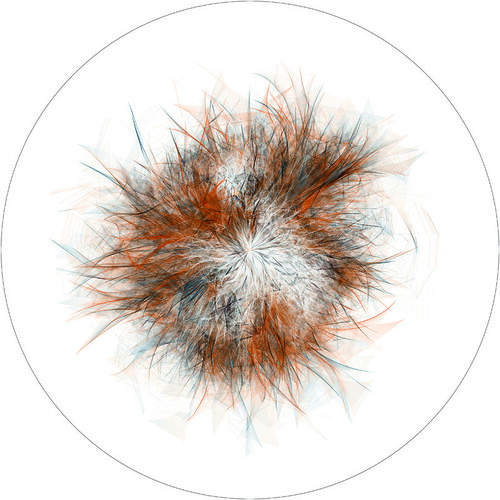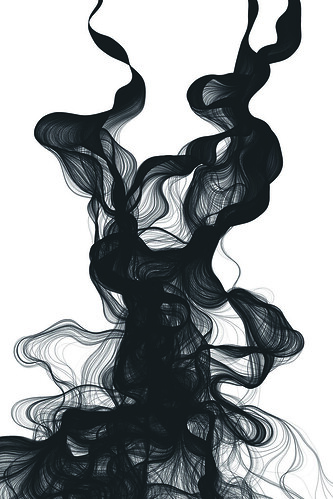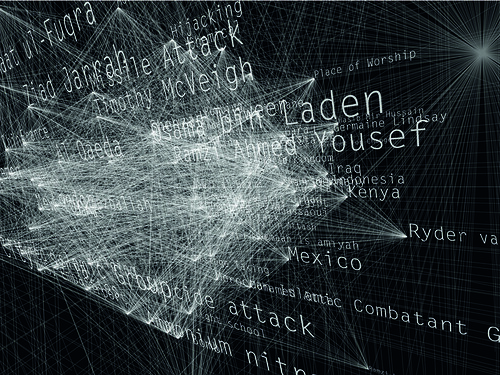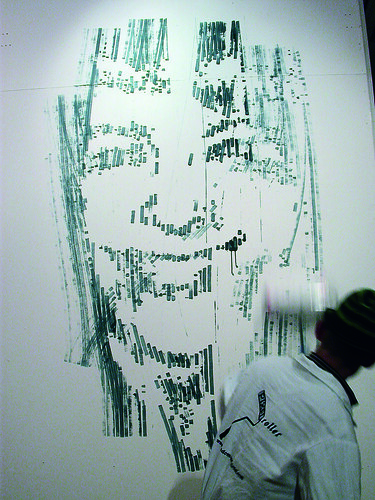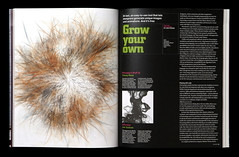Wednesday, 11:00am
7 September 2011
Historical digital #2
Grow your own. Generating unique images with Processing.
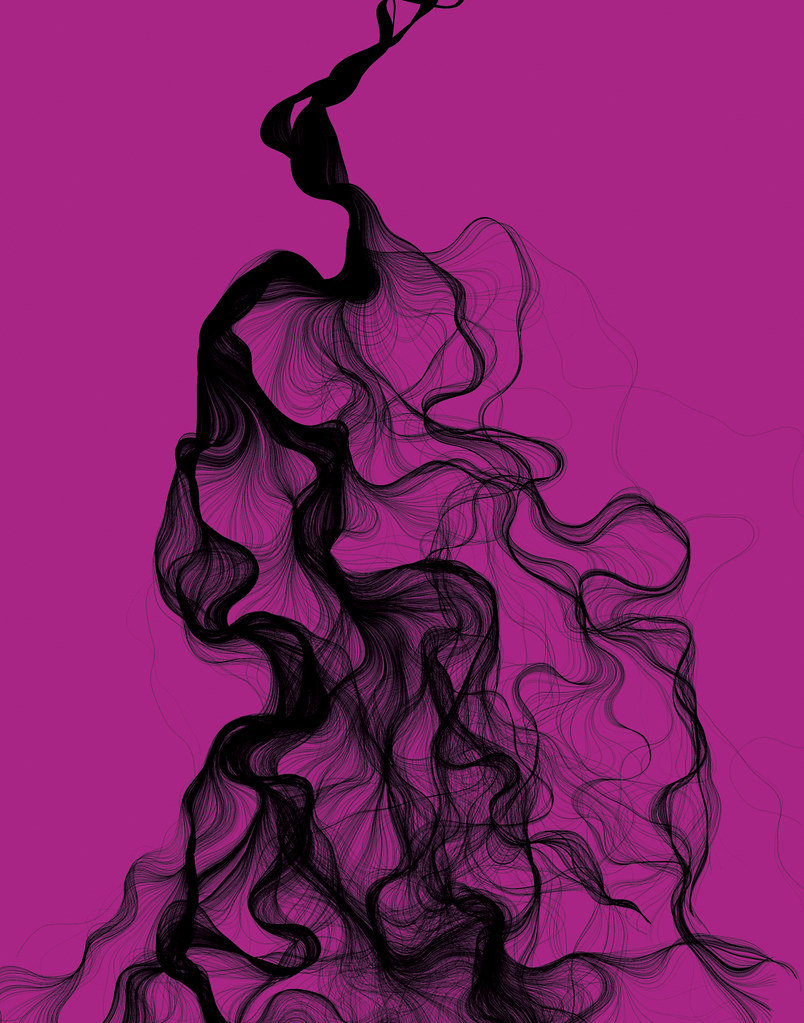
In Eye 65, we published ‘Grow your own’, an article by Luke Prowse that was accompanied by several examples of designers and artists who were discovering new, creative uses of the open-source tool Processing.
This is the first of two extracts from that Autumn 2007 feature.
Top: image from HTorsion series by Jim Soliven, 2007. See back cover of Eye 65.
Unlike proprietary software, Processing is standalone and entirely free to use, a big bonus for designers hesitant about dipping a toe in unfamiliar water. Here, you have the ability to make your own highly specific, data-driven tools, instead of making do with the limitations of pre-packaged ones. Until recently, many digital designers have been obliged to replicate analogue methods with the tools of digital, with inevitable restrictions in visualising more abstract ideas. Processing, like Scriptographer (see ‘Tools to make or break’ in Eye no. 60 vol. 15), aims to break this cycle, bridging an engineering process with an art-based one, exemplified by the ingenious work of artist-programmers such as Jim Soliven.
The beta version of the Processing visual programming language was released in April 2005 by Ben Fry and Casey Reas, though they have been working on it since Autumn 2001. Processing originated, in part, as an educational introduction to the concepts of visual programming, and the libraries of code and reference material created for it to date are for the most part centred around visual reproduction.
Above: Process 6 (Puff 4) by Casey Reas.
This twelve-inch diameter injket print comes from an installation by Processing co-creator Casey Reas. Reas quotes Alan Kay's views about software illiteracy: 'The ability to 'read' a medium means you can access the materials and tool created by others. The ability to 'write' in a medium means you can generate materials and tools for others. You must have both to be literate ... In computer writing, the tools you generate are processes; they simulate and decide.'
Above: HTorsion by Jim Soliven.
This image (from the HTorsion series, 2007) emerged from an attempt to create a rope-like structure. Due to some programming mistakes a different, less entwined picture emerged. 'I added a Perlin noise generator to influence the movement of the line,' explains Soliven, a network engineer who moonlights as a programmer/artist. 'The subtle randomness of the Perlin algorithm accounts for the smooth and random curvatures. The result was both unexpected and satisfying.'
Above: ‘Terrorist grammar’ by Pentagram for NYT.
Illustration for Clive Thompson's article ‘Open-Source Spying’. The New York Times Magazine, 3 December 2006. Design: Lisa Strausfeld with James Nick Sears, Pentagram, New York. This visualisation sets out what Strausfeld calls a hypothetical ‘terrorist event grammar’, where each event is described by a group, a weapon, a target and a location. The higher the number of search engine pages found for each paired combination of terms, the closer they appear. It was designed in Photoshop, with a particle systems physics engine developed by Jeffrey Traer Bernstein.
Above and below: PixelRoller by rAndom International.
The software for the PixelRoller, a kind of hand-held ‘printer’, based around the ergonomics of a paint roller, was created using Processing. The tool, which applies pixel-based graphics in one stroke of real paint, was developed by London-based studio rAndom International (founded by Stuart Wood, Florian Ortkrass and Hannes Koch) while at the Royal College of Art.
Images and text from ‘Grow your own’ (opening spread, below) by Luke Prowse in Eye 65. More ‘Historical digital’ in future Eye blog posts.
Designers featured in this piece:
Casey Reas
Pentagram / Lisa Strausfeld
rAndom International
Eye is the world’s most beautiful and collectable graphic design journal, published quarterly for professional designers, students and anyone interested in critical, informed writing about graphic design and visual culture. It’s available from all good design bookshops and online at the Eye shop. For a taste of the new issue, see Eye before you buy on Issuu. Eye 80, Summer 2011, is out now.

